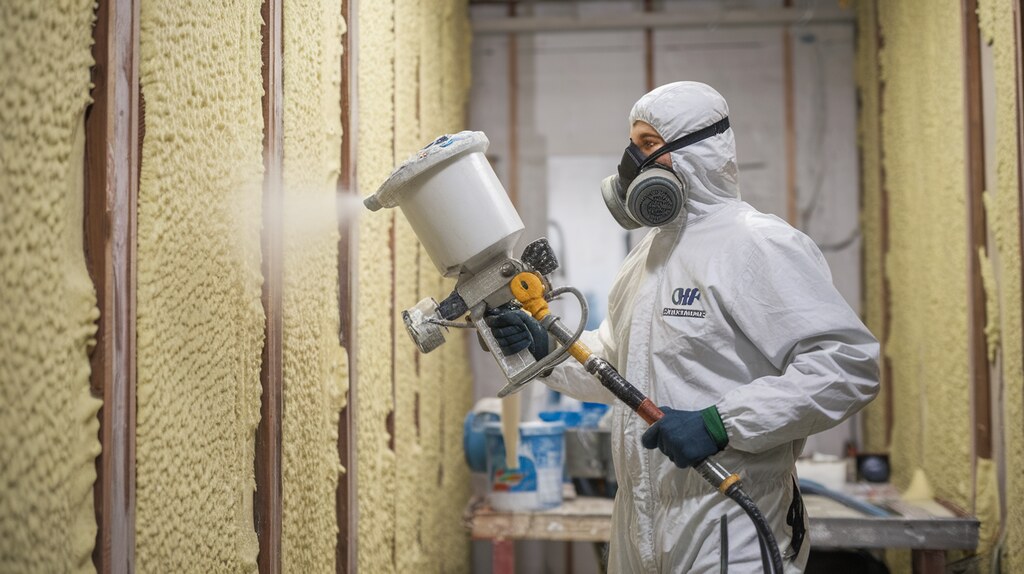Have you ever touched a wall in winter and felt the cold creep through? That’s often a sign your home needs better insulation. Foam insulation is a popular solution, but with so many types, how do you know which one is best?
Picking the right foam insulation can help you stay warm, save money on energy, and make your space more comfortable all year long.
In this blog, you’ll learn about the different types of foam insulation. We’ll explain what each kind does, when to use them, and how they help your home. By the end, you’ll know which one fits your needs best.
Exploring the Types of Foam Insulation
Foam insulation is used to block air, moisture, and heat from passing through walls, roofs, or floors. It comes in several forms. Each type has different uses depending on your project.
Spray foam insulation is one of the most common types. It sprays on as a liquid, then quickly expands into a solid foam. There are two main kinds: open-cell and closed-cell.
Open-cell foam is softer and good for indoor walls. Closed-cell foam is firmer and better for basements or outdoor areas because it resists water and adds strength to walls. Foam board insulation is another choice.
These are stiff panels made from different types of plastic foam. You might see them in walls, under floors, or on roofs. They’re easy to cut and place where needed.
This type is great for large, flat areas and does a good job of blocking heat. There is also injected foam, which is put into wall spaces using a special machine. It’s useful when you’re working on older homes or adding insulation without opening up walls.
This type fills tight spots and helps reduce outside noise.
Choosing the Right Foam for Your Home
When picking a type of foam, think about where you need it. Is it inside or outside? Will it get wet? Do you need to keep out sound or just control temperature? These questions help you find the best match.
Spray foam works well in tricky spots like corners or around wires. It seals up gaps better than many other materials. Many people ask how to install spray foam insulation because it seems complex, but with the right safety gear and a little care, it can be done at home or by a pro.
Foam board is great for wide spaces and adds solid support. If you’re fixing up an attic or adding insulation under siding, this might be the one to choose.
Injected foam is best when you can’t remove walls but still need better insulation. It can get into spaces that other types can’t reach.
Let’s Wrap It Up Right
Foam insulation comes in many types, and each one has its place. Whether you’re sealing cracks, working in a basement, or just trying to keep heat inside, there’s a foam that fits the job. Choosing the right one depends on your space, your needs, and your budget.
Now that you understand the different types of foam insulation, you can make smarter choices for your home or project. Did this guide help you? Browse the rest of this section for more advice on a variety of topics.

